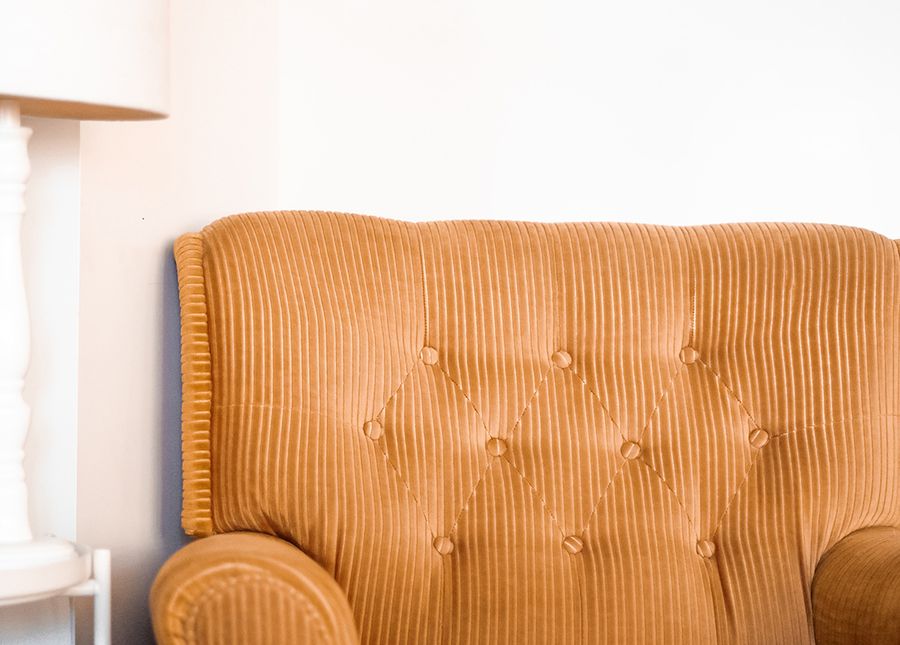Depending on your personal financial situation and your choice of aged care home, residential aged care can range from very expensive through to heavily subsidised. For your protection, there are annual and lifetime limits (known as caps) on the amount you pay (this doesn’t apply if you’re paying the full cost of care yourself).
Good to know
If you’ve already paid fees for home-based care, that amount is included in your lifetime cap.
Fees and charges
You will need to pay aged care home accommodation costs (these used to be called ‘bonds’). Here’s where it gets sticky. Depending on your circumstances, you can choose to pay by:
- RAD: Refundable Accommodation Deposit; a government-guaranteed, one-off lump-sum payment that is largely returned when you leave (similar to purchasing your place); or
- DAP: Daily Accommodation Payment, for daily living costs such as food and lodging (similar to rent); or
- A combination of RAD and DAP:
A government-levied basic daily fee is also payable by everyone, regardless of other circumstances. For some people it’s the only fee they’ll pay. It changes twice a year in line with pension increases and is around $61.96 a day.
Good to know
If you’re attracted to a certain aged care home because of location or special features, or you don’t qualify for subsidies, you can pay the full cost of your care. There is no means test or Aged Care Assessment required, as your fees aren’t subsidised by the government.
Other fees and charges
There may also be:
- A means-tested fee- depending on the result of your assets assessment by the Department of Social Services
- Additional service fees- for services beyond the minimum care and service requirements, for example, paid TV services, hair dressing, and other lifestyle enhancers. Some homes allow you to pick and choose what additional services you would like, so you only pay for what you use.
- Capital refurbishment fees- charged by some homes to help cover the cost of renovations
- Extra service fees- some aged care homes offer extra service rooms and can charge for the bundle of upgraded hotel-type services provided. This could include higher quality linen or room furnishings. This can apply to the whole home or just to individual rooms.
We strongly recommend that you speak with a financial advisor before committing to a residential aged care home, as this can all be pretty complicated.
And remember that although you can’t be charged more than the advertised amount, you can try to negotiate and pay less. It’s worth a shot!
View the Schedule of Fees and Charges for Residential and Home Care
Get financial information from Centrelink’s Financial Information Service
Sample costs
Single person receiving the full aged pension
Income: $22,800
Assets: $10,000
Savings: $10,000
Superannuation: $0
Debts: $0
Own home: No
Daily fee: $56.87
Married person receiving no pension
Income: $0
Assets: $50,000
Savings: $500,000
Superannuation: $200,000
Debts: $0
Own home: Yes
Daily fee: $90.52
Single person receiving no pension
Income: $200,000
Assets: $1 million
Savings: $500,000
Superannuation: $800,000
Debts: $0
Own home: Yes
Daily fee: $411.14
Low-means residents
Every accredited aged care home must make a certain number of beds available to people who are assessed as being of “low means” (these have been known in the past as “supported”, “concessional” and “assisted” residents). The ratio of beds differs depending on the region, and range between 16% and 40%.
Once you have completed your Income and Assets Assessment through Centrelink, you will be told if you qualify as a low-means resident. If you do, the Commonwealth government will pay a proportion of your fees. (Also, because this is the government, if you get some government support they change the names to RAC and DAC. Don’t even ask…)
Government subsidies
Subsidised care is only available to people who can’t afford to fund their own care. You need to pay for your own care if you can afford to.
To access subsidies, you’ll need to have an Aged Care Assessment and also submit an Income and Assets Assessment form through Centrelink.
Find out more about assessments and subsidies

Get financial advice and guidance for transitioning family members to an aged care facility
Clarity Aged Care Advisors, in partnership with DailyCare




